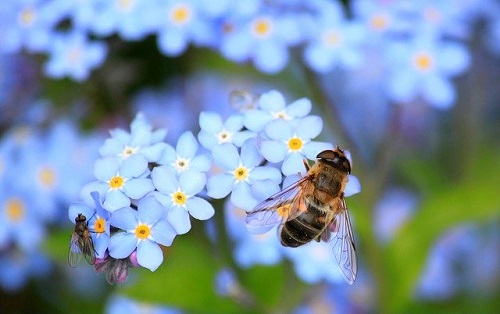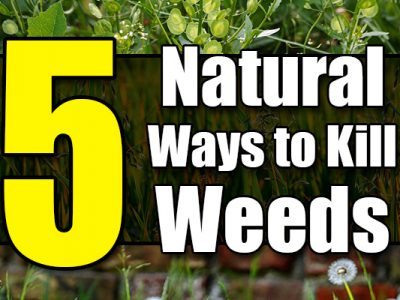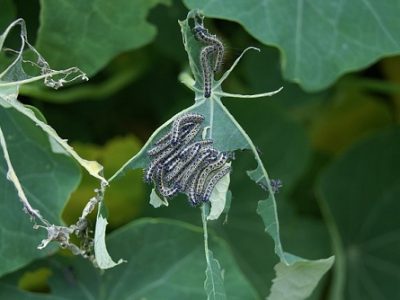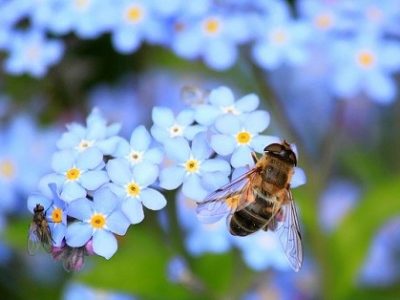 You’ve likely heard the news that be populations around the world are dwindling, with pollinators being devastated in just the last few years and putting our entire food supply in jeopardy because of it.
You’ve likely heard the news that be populations around the world are dwindling, with pollinators being devastated in just the last few years and putting our entire food supply in jeopardy because of it.
Most people are unaware of the fact that pollinators play a huge role in all the food that we eat, with some researchers believing that one out of every three bites of food around the world are made possible because of the work of these insects.
Thankfully though, it may be a lot easier to support your local pollinator population than you would have thought at first – especially if you build a pollinator garden designed to support these amazing little insects intentionally.
Why It’s Important to Grow a Pollinator Friendly Garden
About three quarters of all flowering plants are pollinated in one way or another by insects, with more than one third of the entire world’s food supply impacted by these pollinators.
To put it bluntly, if these pollinators do not exist any longer we are looking at a global food shortage unlike anything else we have ever seen before – and we are much closer to that reality today than most of us are comfortable discussing.
Building a Bee Friendly Garden
Of course, building a bee friendly garden goes a long way towards helping to support pollinators in your local area and in turn supporting the global pollinator population in general. Here are just a couple of quick tips and tricks to help you do exactly that.
Choose Native Plants
Right out of the gate you’ll want to make sure that you are growing native plants to your local area as opposed to implementing non-natives.
The odds are pretty good that you have thought about growing flowers that never grew in your area before just because they look gorgeous and smell fantastic. And while there is certainly nothing wrong with that, it’s not a bad idea to make sure that you are growing plenty of native plants and flowers for your pollinators to take care of as well.
Mix Plant Types for Better Biodiversity
Secondly, you’ll want to consider growing a mixture of different plants that offer diversified sources of nectar for the pollinators in your garden.
Shrubs and trees have different sources of nectar than flowers and other flowering fruits, and all of them play a big part in supporting happy, healthy, and resilient pollinators in your local area. It’s especially important to grow pollen producers in the early spring when food for these pollinators is quite scarce.
Encourage Insect Populations to Grow
A lot of people do everything in their power to eliminate insects entirely from their garden simply because they “chew up” the flowers and the plants they are working so hard to grow and harvest.
But if you’re serious about bringing back pollinators it’s a good idea to make sure that insects are as welcome as possible. Look to create a garden that is diverse enough to encourage butterflies, flies, ladybugs, beetles, and more to come into this space and to thrive – offering plenty of food and support for these important insect populations, too.
Have a VERY Light Touch with Chemicals (If Any)
The last thing you want to do is bombard your garden with all kinds of chemicals, especially if you are serious about bringing back pollinators as much as you can.
Instead of using pest control products cooked up in laboratories using toxic chemicals think about using all-natural solutions that work just as well without any of the nasty side effects. There are plenty of all-natural pesticide options you can pick and choose from that will help you control tasks without devastating pollinators and other insects and animals that might make their way into your garden.






